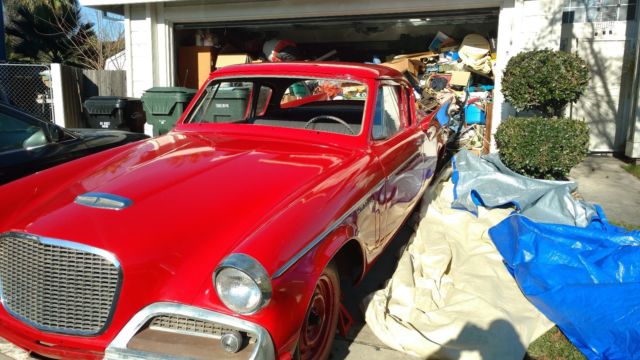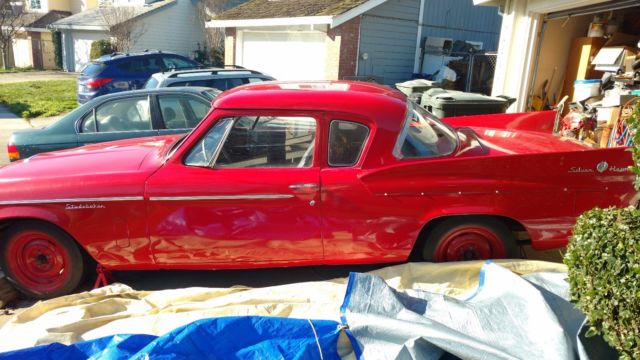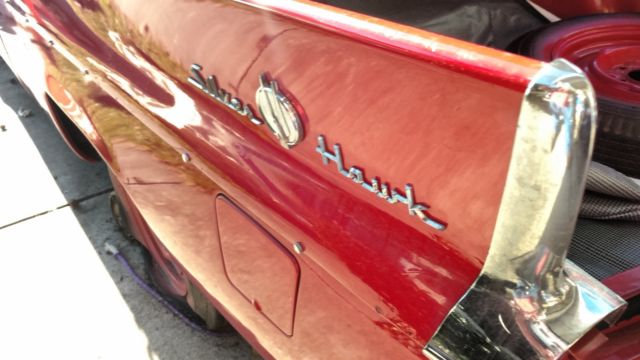1959 Studebaker Silver Hawk Base 2.8L
- Price:
- Location: Antelope, California, United States
- Make: Studebaker
- Model: Silver Hawk
- Type: Coupe
- Trim: Base
- Year: 1959
- Mileage: 100
- Color: Red
- Engine size: 2.8L 2780CC 170Cu. In. l6 GAS L-HEAD Naturally Aspirated
- Number of cylinders: 6
- Fuel: Gasoline
- Transmission: Automatic
- Drive type: RWD
- Interior color: Gray
- Vehicle Title: Clear
1959 Studebaker Silver Hawk Base Description
Very nice all original 1959 Studebaker Silver Hawk nearly completely restored and is rust free having sat in garage for last 20 years. Engine runs smooth has been rebuilt and hardly driven since rebuild and I have receipts. The Silver Hawks were just one of few cars from this era that were aero dynamically designed for fuel economy and had a estimated 20 mpg off the lot. Painted red with minor touch up needed and trim and emblems needing to be put back on and windshields put back in. Many new parts in box and extra parts. Asking $8500 or best offer due to work still needing to be done.The old car price guides for this car isNADA PRICE GUIDE6 Cylinder EngineMSRP PRICE:$2,490 (1959 )Retail Low $14,760Retail Average$20,880
Retail High$25,920
Silver Hawk Brief History
For 1959, the Silver Hawk became the only Hawk model in production, largely because Studebaker dealers wanted a glamorous flagship model as a dealership draw. Those customers would more than likely walk out with Studebaker's last-ditch hope, the newLarkcompact. In fact, the Silver Hawk was the only non-Lark model kept.
Changes for 1959 included new tailfins, with the "Silver Hawk" script moved to the fins instead of on the trunk lid (where new individual block letters spelling out STUDEBAKER were placed), with a new Hawk badge in between the two words. The parking lights moved to the side grilles from the front fenders, chrome moldings around the windows (from the 1953–1954 models) similar to the Golden Hawk were added, and the interior was somewhere in between the two former models' levels of luxury. Two-tone paint was discontinued for all U.S. orders, though it was still available for export.
1960 Studebaker Hawk, export model with the 259 V8Under the hood (at least for U.S. models), buyers could choose the newly-shrunken (to pre-'55 size) 90 HP 169.6 cu. in. (2.8L) six or the 259 cu. in. (4.2L) V8 of 180 or 195 HP (depending on the choice of carburetor). The 289 was no longer available.
The 1959 model year was Studebaker's first profitable year in six years, thanks mostly to the Lark, and the rising tide of sales lifted the Silver Hawk, which sold 7,788 cars.
For 1960, Studebaker dropped the Silver part of the name, leaving "just plain" Hawk. Largely unchanged externally from the 1959, internally, the major change was the return of the 289 cubic inch (4.7 L) V8 last used in 1958. This was the only engine available for U.S. orders in both 1960 and 1961, the last year of the finned Hawk. Some six-cylinder and 259 cu in (4.2 L) V8 models were built for export markets.
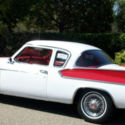 1959 STUDEBAKER SILVER HAWK
1959 STUDEBAKER SILVER HAWK
Mileage: 45,000
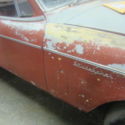 1959 Studebaker Silver Hawk (Project Car)
1959 Studebaker Silver Hawk (Project Car)
Mileage: 999,999
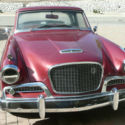 1959 Studebaker Silver Hawk customized
1959 Studebaker Silver Hawk customized
Mileage: 55000
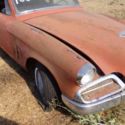 1959 STUDEBAKER SILVER HAWK ******NO RESERVE******
1959 STUDEBAKER SILVER HAWK ******NO RESERVE******
Mileage: 999,999
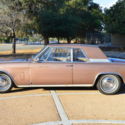 !!! no reserve 1962 Studebaker hawk gran turismo silver hawk golden hawk avanti
!!! no reserve 1962 Studebaker hawk gran turismo silver hawk golden hawk avanti
Mileage: 9,999,999
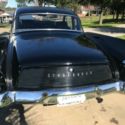 1959 Studebaker Silver Hawk Low Mileage and Almost Rust Free!
1959 Studebaker Silver Hawk Low Mileage and Almost Rust Free!
Mileage: 63500
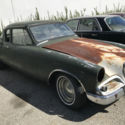 1957 Studebaker Silver Hawk Base 4.7L - Super low reserve price!
1957 Studebaker Silver Hawk Base 4.7L - Super low reserve price!
Mileage: 44,000
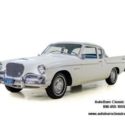 1959 Studebaker Silver Hawk 98458 Miles White 259 ci 3-Spd Auto
1959 Studebaker Silver Hawk 98458 Miles White 259 ci 3-Spd Auto
Mileage: 98,458
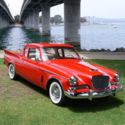 1959 Studebaker Silver Hawk Red - Show Winner, Concourse Restoration
1959 Studebaker Silver Hawk Red - Show Winner, Concourse Restoration
Mileage: 88,000
 1959 Studebaker Silver Hawk "ROSIE" - Multiple Show Winner, Ferrari Red
1959 Studebaker Silver Hawk "ROSIE" - Multiple Show Winner, Ferrari Red
Mileage: 88,000
